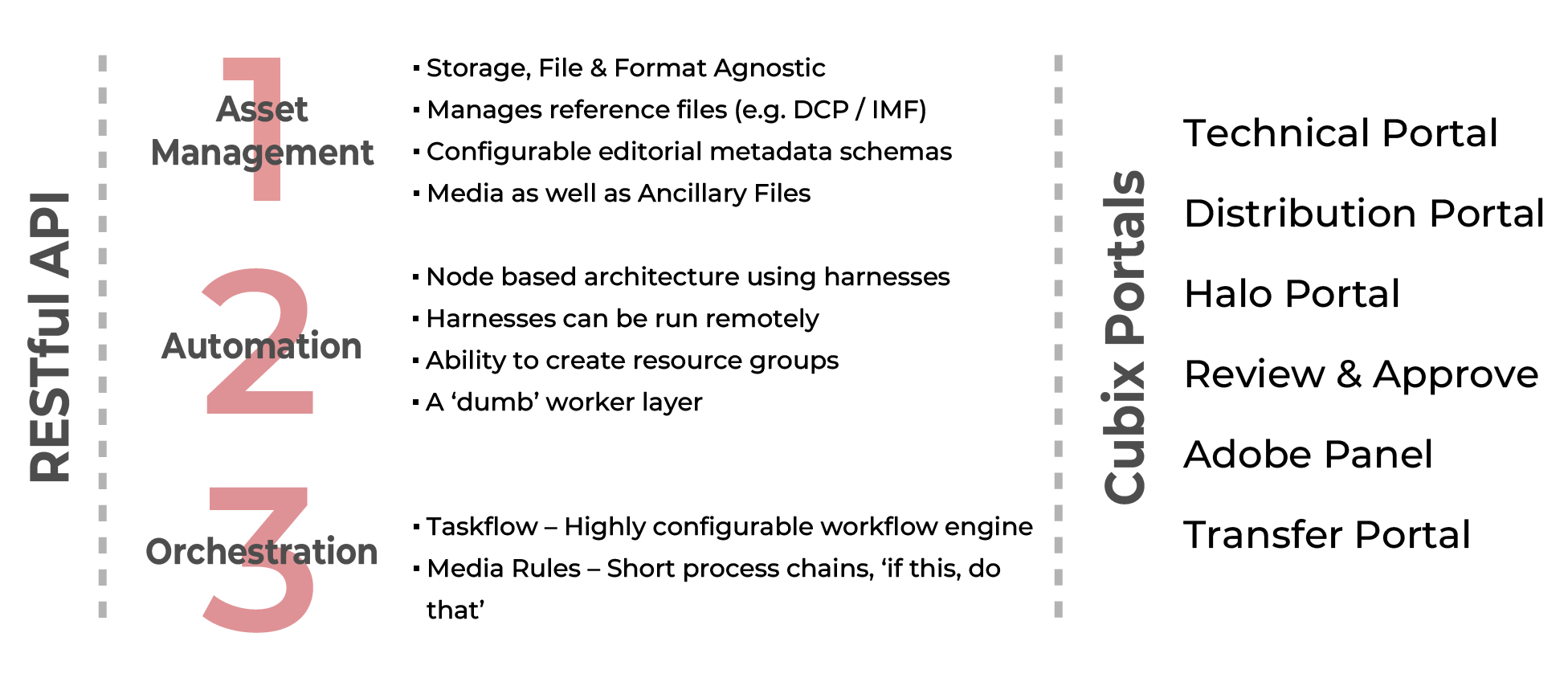Deployment Options
Regardless of your use case, the Cubix architecture is designed to have a suitable deployment option to suit.

On Premise
Cubix Yunify, Appliances and Connect can all be deployed fully on premise - with no cloud dependencies whatsoever.
This can include running within a fully "airgapped" network.

Hybrid
This is the most common deployment method of Cubix, and is supported by all products within the Cubix range.
This can include running all the core services, portals and database in the cloud - with control of content and resources "on prem" - or can be an "on-prem" deployment managing cloud resources.

Cloud Native
For use cases that require on on premise management at all, all of the Cubix products can be deployed natively to your choice of cloud.
This can include any of the major CSPs (e.g. Amazon, Huawei, Google, Microsoft) or your own private cloud / DC.







